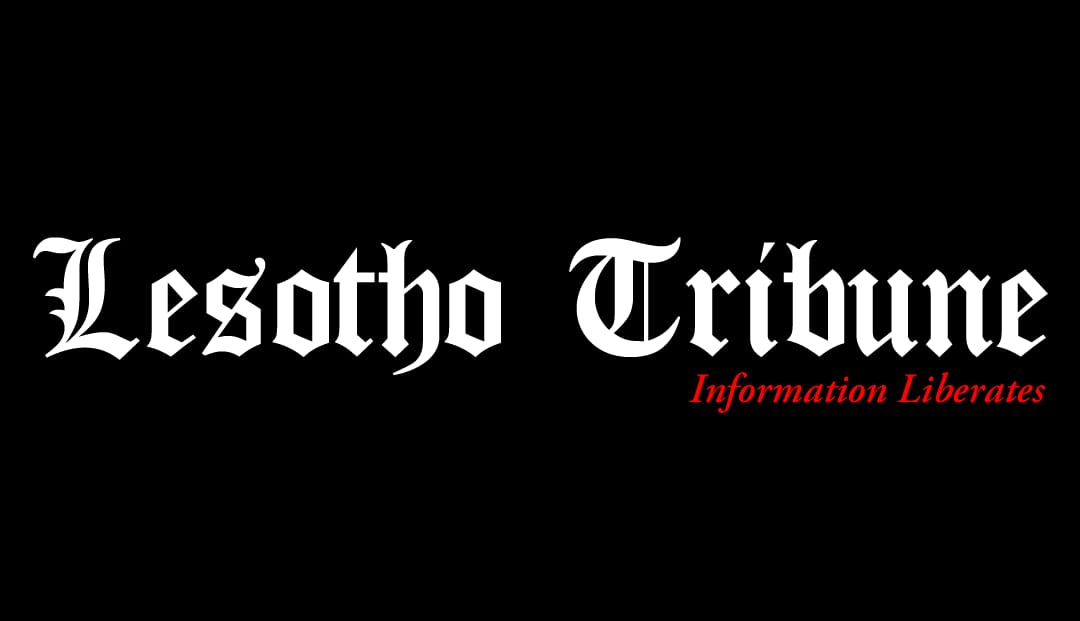Maseru- Lesotho’s Minister of Forestry and environment, Letsema Adont’si, has provided an update on the upcoming 2024/2025 rainfall season, highlighting key weather patterns and their potential impacts on the country. With varying rainfall forecasts, including potential flash floods and dry spells, Lesotho faces a critical period for both agriculture and the environment.
The onset of rains in 2023/2024 occurred during the second week of October, with most regions experiencing normal to above-normal rainfall from October to December. However, a notable shift followed, with the main rainy season from December to February seeing below-average rainfall. High temperatures were recorded in early October and late November, and the months of January, February, and March 2024 observed relatively dry conditions paired with high temperatures.
Looking ahead, Lesotho’s 2024/2025 season forecasts a similar mixed outlook. Most regions are expected to see below-normal rainfall between October and December 2024, except for the southwestern and extreme northern areas where normal to above-normal rains are predicted. The period between November 2024 and January 2025 is projected to bring above-normal rainfall to many parts of the country, with a stronger likelihood of heavy rains in December 2024 through February 2025. The early months of 2025 may also see normal to above-normal rainfall, though the eastern regions could face below-normal rain during this time.
The temperature forecast for the entire 2024/2025 rainfall season is concerning, with predictions of temperatures being above long-term averages, a pattern that has been observed in previous seasons.
The summer months, while expected to bring rains, could also bring severe weather events such as flash floods, thunderstorms, hailstorms, and strong winds. These extreme conditions are common during the rainy season in Lesotho and pose threats to both people and property.
Letsema emphasized the potential damage to homes, crops, and infrastructure, calling for preparedness at both community and governmental levels.
Farmers, in particular, are advised to prepare for potential losses, as flash floods and strong winds can lead to devastating crop destruction. Such conditions can worsen the already challenging task of ensuring food security during the rainy season.
An alarming trend of illegal burning of rangelands has raised concerns about the environmental impacts. These fires, often set deliberately during dry periods, lead to severe soil erosion, especially during rains when the soil lacks vegetative cover. Wetland degradation is another major consequence, causing water shortages in streams, wells, dams, and taps across Lesotho.
Letsema also noted the release of carbon stored in burnt vegetation into the atmosphere, which worsens climate change. Wildfires have had a direct impact on communities this year, with several cases of burnt livestock, crops, houses, electricity poles, and even vehicles.
“I make an urgent plea to those who burn the rangelands to stop immediately,” the minister urged, as the environmental consequences are both immediate and far-reaching.
The Lesotho Meteorological Services (LMS) has been at the forefront of monitoring and managing climate data for over 120 years. As part of their mandate, LMS collects and archives climate records to build a robust National Climate Record. This data is critical for forecasting and managing the country’s environmental challenges. LMS also serves as a key player in helping Lesotho meet its international obligations related to meteorology.
Recently, from August 19 to 30, Climate Experts from Lesotho participated in a SADC meeting, where they joined other member states to develop the regional outlook for the 2024/2025 cropping season. The forecasts generated during this meeting are crucial for sectors like agriculture, which rely on accurate weather predictions to manage risks associated with droughts, floods, and other weather-related challenges.
Following the meeting, Lesotho’s stakeholders, particularly in agriculture, are expected to hold discussions on how the forecasted conditions will affect the country. These conversations will help them create strategies and practices that ensure resilience and sustainability, even as weather patterns grow more unpredictable.
The Department of Forestry and environment, under Minister Letsema’s leadership, continues to play a vital role in preparing Lesotho for the challenges ahead. The mixed rainfall forecasts for the 2024/2025 season underline the need for proactive measures, particularly in agriculture and environmental protection.
Basotho citizens are urged to heed the warnings and take necessary precautions, especially during the summer months when the risk of flash floods and severe storms is high. Communities must also be vigilant in preventing wildfires, which have already caused significant damage this year.





